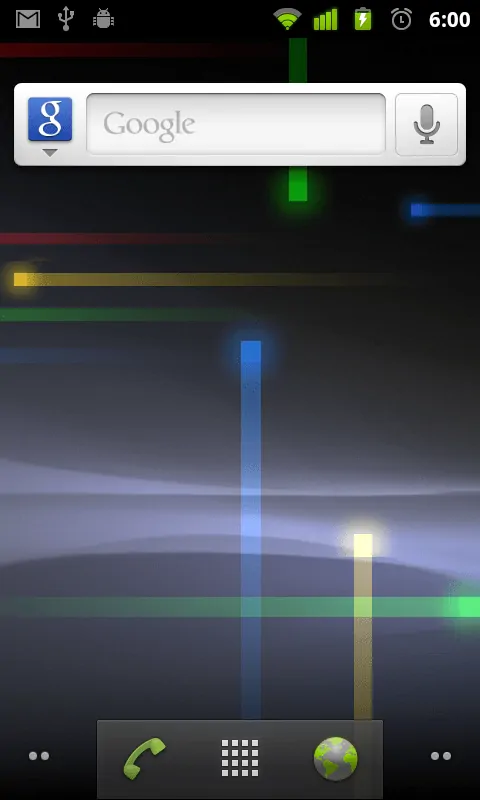With the release of Android OS 2.3 (Gingerbread), developers are having a field day with the possibilities it will now offer. To shed a little light on exactly what Gingerbread is packing, Google has provided an overview for both users and developers. While not every little detail is covered in the overview, it does highlight some great new and improved features that Android users will surely be happy about. Be sure to head over to the overview page to check all that out, but in the meantime, below are a few highlights to take a look at. Among some of those great new features included in 2.3 are:
- Faster, more intuitive text input – The Android soft keyboard is redesigned and optimized for faster text input and editing. The keys themselves are reshaped and repositioned for improved targeting, making them easier to see and press accurately, even at high speeds. The keyboard also displays the current character and dictionary suggestions in a larger, more vivid style that is easier to read.
- UI refinements for simplicity and speed – The user interface is refined in many ways across the system, making it easier to learn, faster to use, and more power-efficient. A simplified visual theme of colors against black brings vividness and contrast to the notification bar, menus, and other parts of the UI. Changes in menus and settings make it easier for the user to navigate and control the features of the system and device.
- Improved Power Management – The Android system takes a more active role in managing apps that are keeping the device awake for too long or that are consuming CPU while running in the background. By managing such apps – closing them if appropriate – the system helps ensure best possible performance and maximum battery life.
The system also gives the user more visibility over the power being consumed by system components and running apps. The Application settings provides an accurate overview of how the battery is being used, with details of the usage and relative power consumed by each component or application.
- Internet calling – The user can make voice calls over the internet to other users who have SIP accounts. The user can add an internet calling number (a SIP address) to any Contact and can initiate a call from Quick Contact or Dialer. To use internet calling, the user must create an account at the SIP provider of their choice – SIP accounts are not provided as part of the internet calling feature. Additionally, support for the platform’s SIP and internet calling features on specific devices is determined by their manufacturers and associated carriers.
- Near-field communications – An NFC Reader application lets the user read and interact with near-field communication (NFC) tags. For example, the user can “touch” or “swipe” an NFC tag that might be embedded in a poster, sticker, or advertisement, then act on the data read from the tag. A typical use would be to read a tag at a restaurant, store, or event and then rate or register by jumping to a web site whose URL is included in the tag data. NFC communication relies on wireless technology in the device hardware, so support for the platform’s NFC features on specific devices is determined by their manufacturers.


